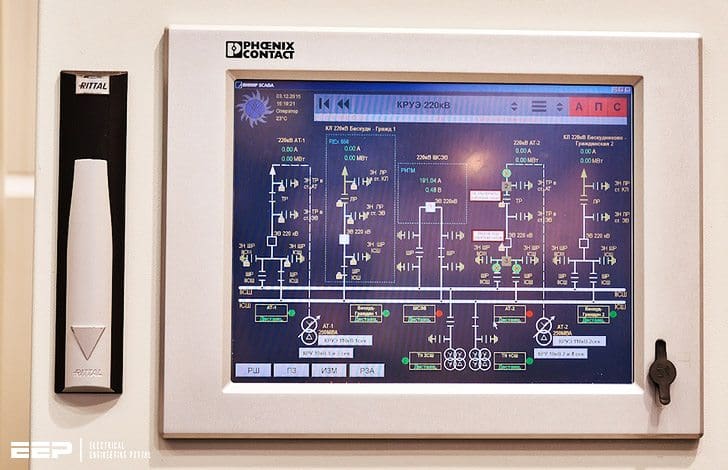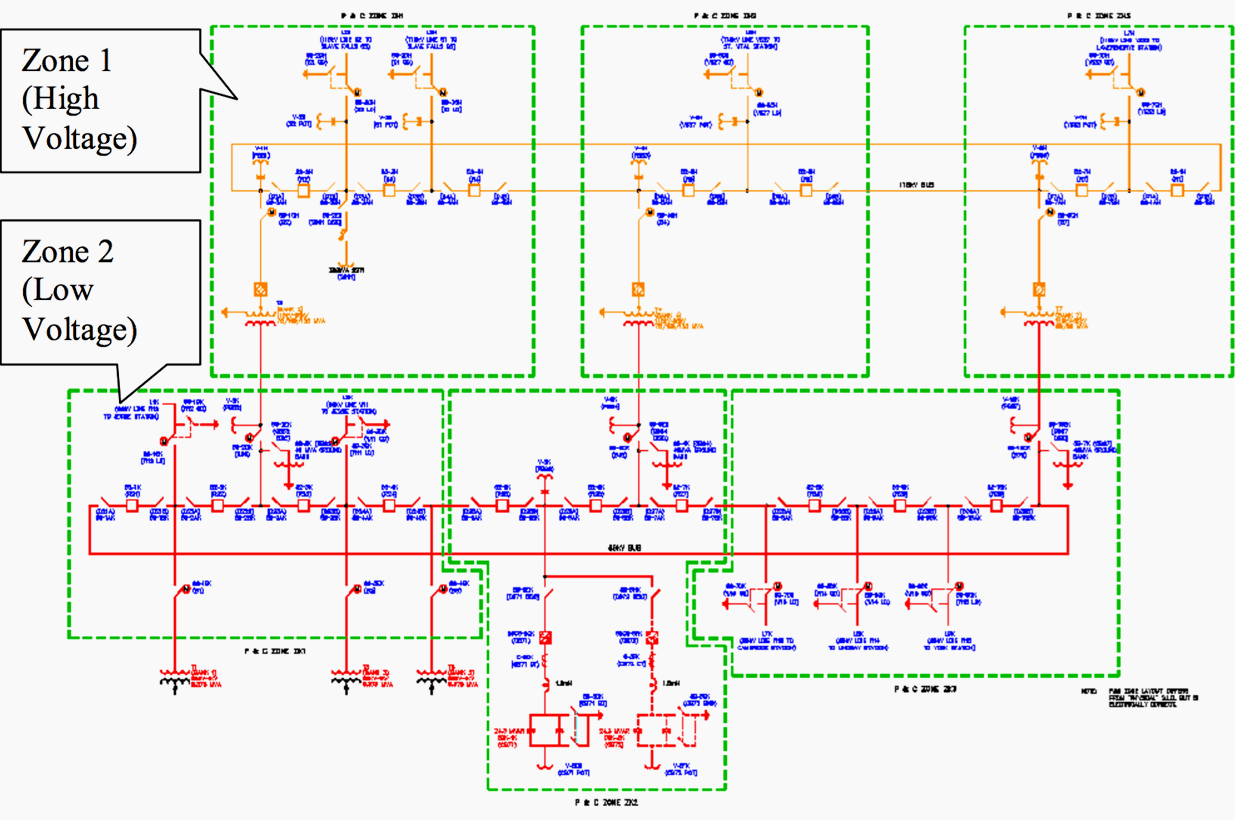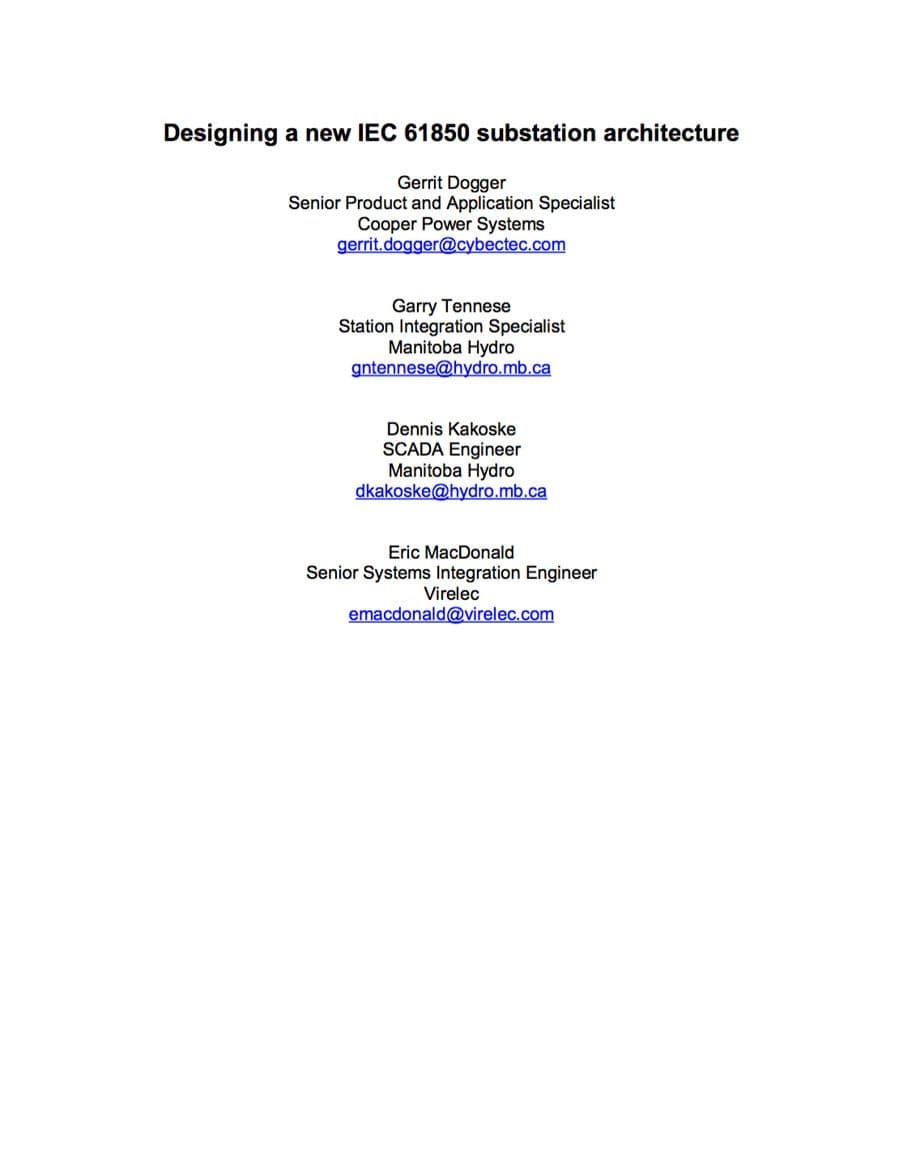Substation Automation System
The primary role of Substation Automation System (SAS) is to provide safe, secure, and reliable local/remote control and monitoring of high-voltage AC distribution and transmission stations.

Historically, the Substation Automation System (SAS) at Manitoba Hydro (MH) was implemented in the substation using RTUs and redundant PLCs, with redundant computers for the local HMI and without any hardwired control backup.
With a few exceptions the protection relays had limited connectivity with the control system utilizing a hardwired interface for I/O and alarms.
To overcome these issues and to get a flexible, sustainable, and extendible solution, MH wanted to move the current control architecture towards an IEC 61850-based solution.
The IEC 61850 standard was selected for its interoperability, extendibility, enhanced performance and flexibility, and reduced wiring costs. All of these benefits will ultimately reduce engineering design costs, and improve engineering support and maintainability.

The main aim of the SAS was still the same: it needed to be safe, secure and reliable. But it needed to use the latest standards and technologies, such as IEC 61850 client-server communications, GOOSE messaging, fiber optic networks, and complete redundancy when required.
Before moving from the existing RTU/PLC-based solution to an integrated IED- based solution, a proof of concept project was conducted on a smaller scale with Virelec and Cooper Power Systems.
Scope of the proof of concept project
A portion of a new proposed substation was selected for the proof of concept project. The selected part included typical equipment configurations used at MH. It was also one of the first substations that would be built utilizing the new architecture in the near future.
| Title: | Designing a new IEC 61850 substation architecture – Gerrit Dogger, Garry Tennese, Dennis Kakoske and Eric MacDonald |
| Format: | |
| Size: | 346 KB |
| Pages: | 12 |
| Download: | Right here | Video Courses | Membership | Download Updates |



Articles from your site have been very helpful in solving problems in our power system in Ghana. Thank you very much.